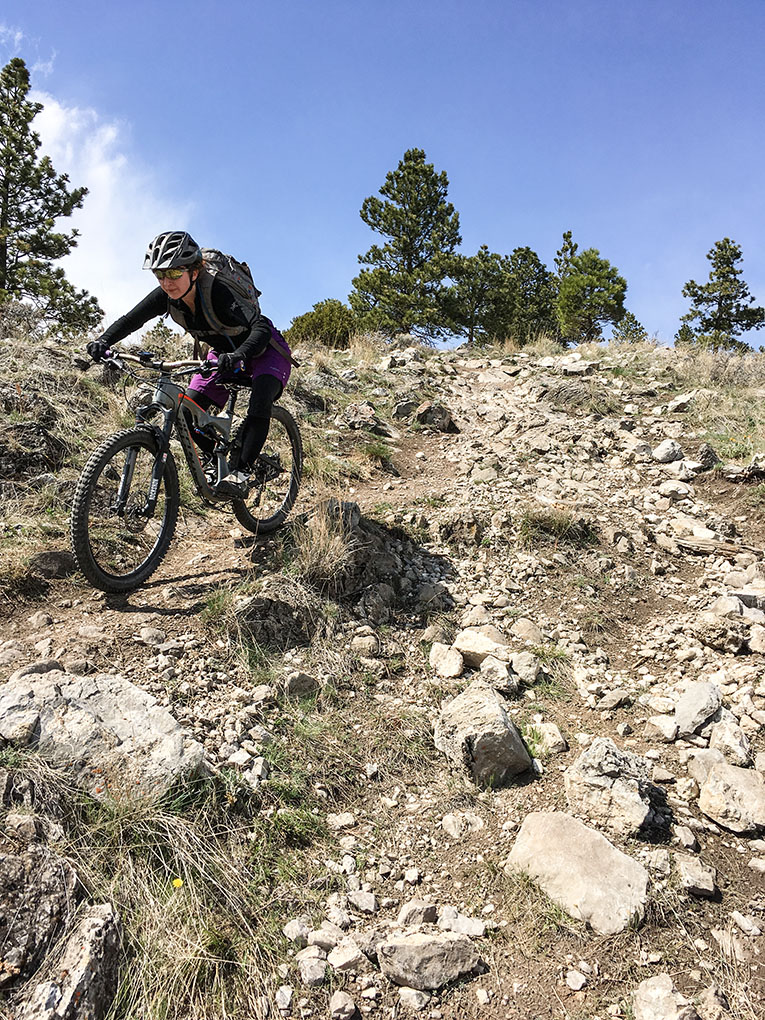Bryton’s Website
The Bryton website, which you can use to analyze the data collected by the Rider 310, is one of the areas in which you get what you pay for. The Bryton site is ambitious—there’s lots of info—but the website isn’t very user friendly, and the design of the site has an early 2000’s feel.
I recommend using Strava (or another ride site) to analyze your workout, or at least use a ride site to supplement Bryton’s information.
I could upload rides to Strava from the Bryton site (after some troubleshooting), but I preferred to upload the ride directly onto Strava, using the “add file” button. I created an account on Training Peaks and MapMyRide and uploaded my rides from the Rider 310 in the same manner. The Rider saves rides as a FIT file.
Comparisons
Before using the Bryton Rider 310 I was just riding with my smartphone to record my workout. The Rider 310 is more accurate than my smartphone—no more frustrating lost Strava segments. I also enjoyed that I could see my workout info right in front of me, without digging through my bag to find my phone. The Rider doesn’t waste any phone battery, and provides a lot more workout info (heart rate, cadence, and power if you have a power meter). Of course, if you already have a smartphone, tracking your riding with just your phone is essentially free.
The last GPS computer I used on a regular basis was the Cateye Stealth 50, and I like the Rider 310 much better. The Rider is easier to use than the Cateye, which only had one button.

The Stealth 50 also had confusing setup directions, installation difficulties, and obtuse instructions, which are common to most cycling computers (and why many people have a bike shop set them up). Although the Bryton Rider 310 has some shortcomings in setup directions, it’s still better than the Stealth 50.
The Rider 310’s most direct competitor is the Garmin Edge 25, which retails for $169.99. For me, the Rider’s $99.95 base price is more appealing. The Garmin also doesn’t have an altimeter, which is a key feature on the Rider. The bundled model of the Edge 25 retails for $199 and includes a cadence sensor, but it still doesn’t include a heart rate monitor, like the top-tier Rider “T” model I tested.
I havn’t used it, but Garmin’s Connect website is known to have a user-friendly interface, something that the Rider 310 is lacking.
Bottom Line
With the Bryton Rider 310T, I enjoy being able to see such an in-depth view of my rides. Even though a few issues frustrate me, the Rider 310T is a better cycling computer than others I’ve used, and is better than riding with just my phone.
The Rider 310 may not be the best option for those who don’t have much experience with technology. The website isn’t very accessible, even for the computer savvy. However, if you can figure out how to use Strava on your smartphone, you’ll be able to figure out the Rider 310 computer after some trial and error with the workout tests.
With the Bryton Rider 310 you’re paying a reasonable price for a device that accurately records a lot of information about your rides. I would plan on using Strava or another ride site in tandem with the Rider 310 for any in-depth workout analysis, but if you’re interested in a GPS cycling computer and have been deterred by the price, the Rider 310 is definitely worth considering.

I recently picked up a 310. Everything appears ok, except it doesn’t seem to want/can’t pair with my PowerPod power
meter. I turn on the Power meter and I scroll to Sensors pick Power and the Status says Off and also won’t show ID #.
I press Rescan, and still nothing. Do I need to be riding to get a pairing ?
Just put it close to the other hardware you are trying to sync information and it will work fine. Im talking about 1 cm head to head.